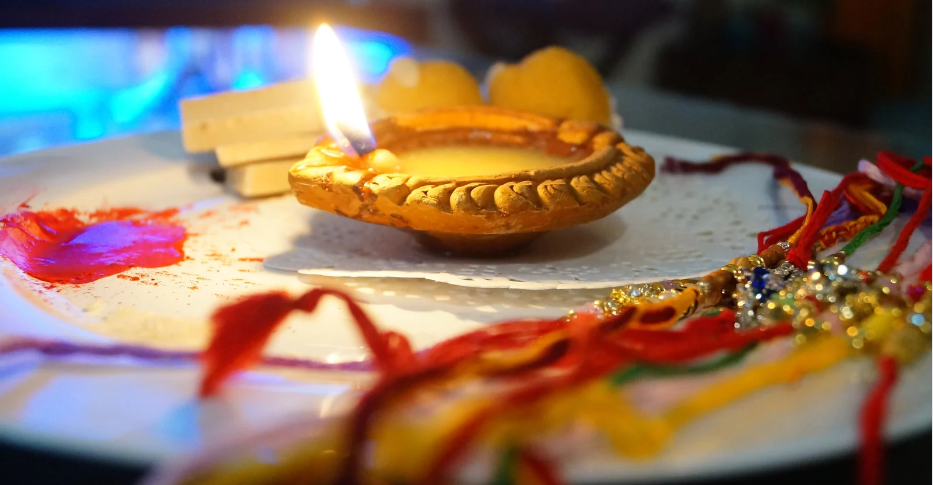Non-metro customers make up as much as 50% of online shoppers buying rakhis and gifts this Rakshabandhan, shows analysis by leading D2C gifting site IGP. Buyers from metro cities make up the remaining 50%.
Delhi and Mumbai take the lead when it comes to buying gifts for Rakshabandhan online, followed by Bengaluru, Hyderabad, Pune and Lucknow, showed the survey. However, a large number of non-metros make up the rest of the cities and towns from which buyers come.
A majority of the buyers — 33% of them — were from the 25-34 age group. Data suggests that this is the age when buyers start to have a sizable disposable income. The second largest cohort of buyers were in the 18-24 age group, and they made up 23% of all buyers. They’re followed by buyers aged 35-44 (20%) and 45-54 (11.6%), with the rest 13% made up of buyers aged above that.
“Tying a rakhi signifies that the receiver of the rakhi will protect the one tying it, against all harm and evil. Each year, we endeavor to work with the finest Indian artisans and designers to come up with unique rakhis for all preferences, tastes and ages. We at IGP are very proud that we can play a part in this sacred and important Indian festival celebrated by millions of Indians,” said Tarun Joshi, founder and CEO, IGP.
Although Rakshabandhan is a festival that primarily involves women and girls tying rakhi to their brothers to show their love and affection, women made up only 56% of all buyers. This is in part due to men in India having greater access to the internet, and therefore, being involved in online buying decisions that may not directly affect them. Rakhis are also tied to sisters-in-law, but this practice is much less common.
What’s also interesting is that NRIs (non-resident Indians) made up a whopping 29% of buyers giving gifts to their relatives in India.
Among the items being bought, rakhis with sweets are the most popular followed by rakhi with dry fruits and rakhis with chocolates, and items from the “Gifts for Kids” category and the “Gifts for Brothers” category respectively. Kaju katli, an Indian sweet made of cashew nuts and sugar, was the most popular sweet bought as it has a long shelf life. Among the buyers, 5% chose to personalize their gifts and add a touch of the special.
When it comes to the actual rakhis that were bought, rakhis with semi-precious stones were the bestselling ones. This was followed by the traditional rakhis with kundan & meena motifs , pearl rakhis, Bhaiya – Bhabhi Rakhi with lumba and Rajwada work. The kids’ rakhis and spiritual rakhis were also popular.



![[CITYPNG.COM]White Google Play PlayStore Logo – 1500×1500](https://startupnews.fyi/wp-content/uploads/2025/08/CITYPNG.COMWhite-Google-Play-PlayStore-Logo-1500x1500-1-630x630.png)